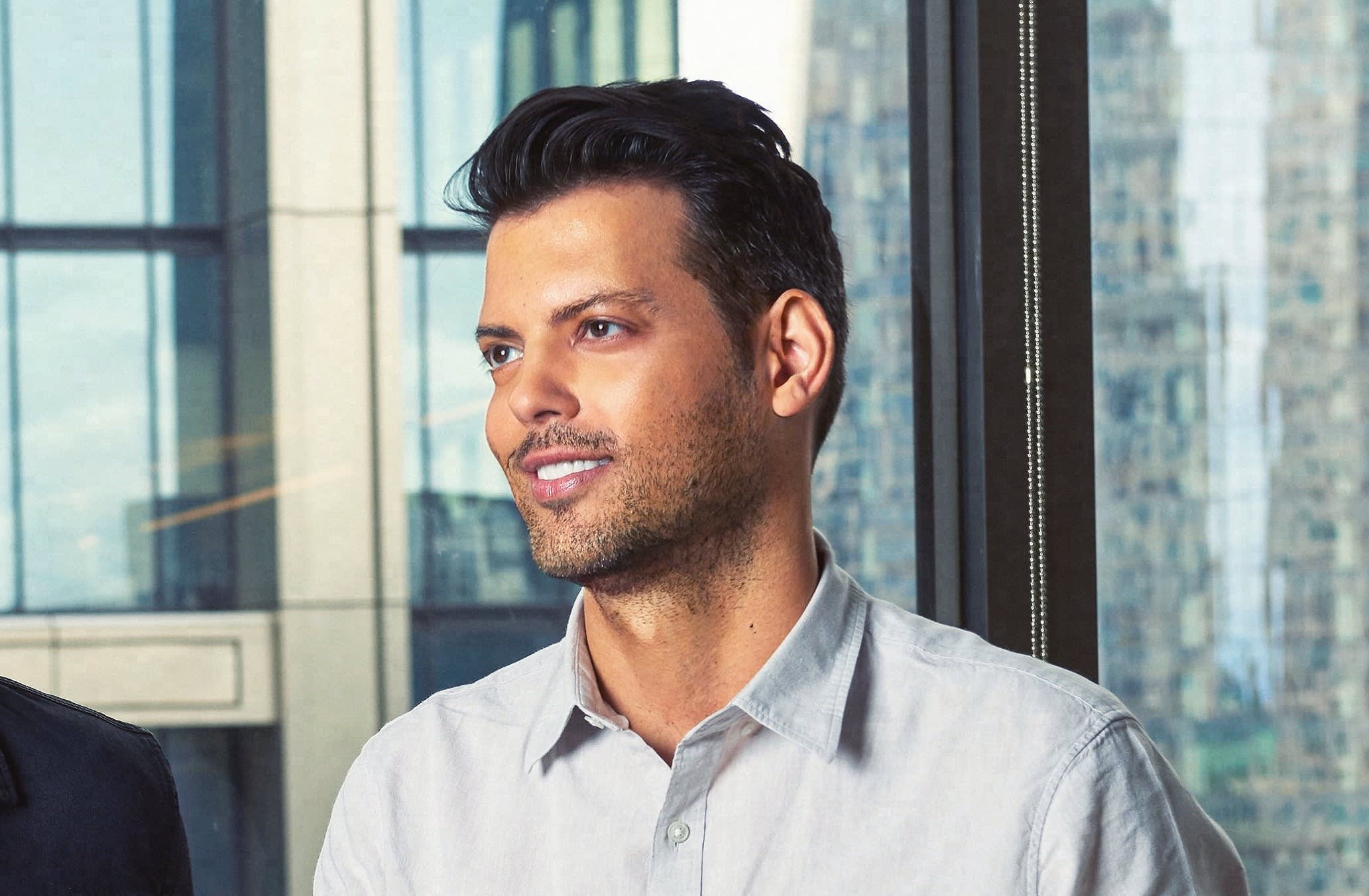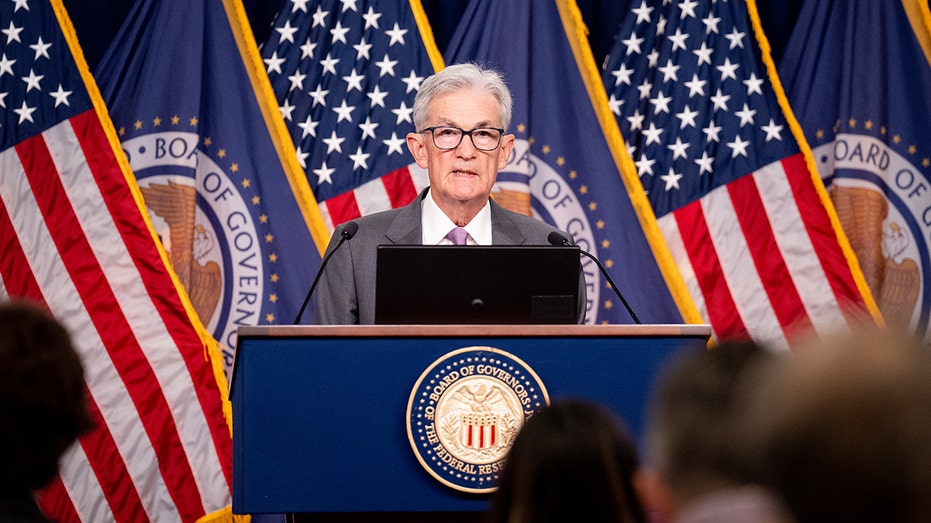
This story is part of CNBC Make It’s The Moment series, where highly successful people reveal the critical moment that changed the trajectory of their lives and careers, discussing what drove them to make the leap into the unknown.
Emery Wells put himself on the path to a dream career by recklessly buying a $17,500 camera that he definitely couldn’t afford.
Wells, 42, is the CEO of Frame.io, a video collaboration software business he co-founded in 2014 and sold to Adobe for $1.275 billion in 2021.
Nearly two decades ago, he was a 25-year-old freelance video editor who’d recently quit bartending in New York to pursue a full-time film career. At an industry trade show in 2006, he watched a startup called Red Digital Cinema announce its intention to build a digital camera high-quality enough for big-budget Hollywood productions.
Without hesitating, a colleague put down a $1,000 deposit to get on the product’s waitlist. “I was shocked,” Wells tells CNBC Make It. “And out of, really, just jealousy, I said: ‘Well, I’m signing up [too].'”
The deposit nearly maxed out his credit card’s $1,200 limit, he recalls: “I was already in debt … and I think I may have had a few hundred dollars in my bank account at the time.” When his Red One camera shipped a couple years later, he found a way to scrounge up the rest of its cost.
Being among the few people in New York to own one altered the trajectory of Wells’ career, he says. Suddenly, he was in high demand. By 2014, his post-production company Katabatic Digital brought in more than $1 million in annual revenue from clients like Coca-Cola and Pfizer.
But the real money, it turns out, was in a piece of software built by Wells and Katabatic engineer John Traver — a platform for people to collaboratively give feedback on videos throughout the post-production process. When they launched Frame.io as a standalone tool, more than 15,000 clients signed up.
Wells faced a decision: Focus on the established, stable business or dedicate himself to a hot, but unproven, startup? He opted for the latter, shuttering Katabatic to focus on Frame.io full-time.
The startup raised more than $80 million in funding over the next five years, and as Wells and Traver weighed an IPO, Adobe made them a billion-dollar offer they couldn’t refuse.
Here, Wells discusses the risks of giving up a sure thing to take a chance on a bigger opportunity and the reckless purchase that made it all possible.
CNBC Make It: You built Katabatic Digital into a successful business. What made you start thinking about sacrificing it for something bigger?
Wells: Post-production is client service work. Sometimes you have clients. Sometimes you don’t, and there’s nothing to do.
I hired John Traver to do post-production stuff, but he had a minor in computer science. We started tinkering on software ideas over the course of several months. I don’t think there was a super serious goal of creating a software company, because we didn’t know that we could.
We said, “Why don’t we spend some time building something that we know really, really well, that we know there’s a market for, we know we can solve the problem better, and we know we could make some money doing it?”
When did you realize Frame.io might be big enough that you’d have to shift your focus away from Katabatic? How did you make that decision?
In 2014, we were trying to raise money for Frame.io. One serial entrepreneur told us, “I would never give you $1, and nor would any other investor, until you’re all in. Not 99%. You cannot have this other thing. I’m not giving you money to do a side project.”
It really resonated with me. I was like, “Oh, gosh. Do I have to shut down? What do I do?”
As we got closer to the launch, where people could pay for Frame.io and use it, my time naturally shifted towards it. I started turning down work from clients, because we were spending all of our time trying to get this thing ready.
I think it was starting to form in my mind: If we’re going to really go for this, we have to really go for it.
Did it feel like a major risk to abandon Katabatic for something much less certain?
I’d spent almost a decade building this post-production company from scratch. I probably had a few hundred thousand dollars in savings, and I spent a lot of that money on Frame.io. So, yeah, it was definitely a huge risk.
But it was a calculated one, and I was getting signals on the success of Frame.io along the way [from customers and investors] that encouraged me to take more risk and more risk and more risk. In the first 90 days after we publicly launched, we were doing $30,000 of monthly recurring revenue. We raised a $2 million seed round from Accel.
That was the moment I was like, “OK.” I don’t think I ever personally took another post-production job at that point.
Did you always think Frame.io could become a billion-dollar company? Was it a big, “swing for the fences” idea?
Frame.io is the idea that became bigger and bigger and bigger the more time we spent thinking about it. When we launched, I wouldn’t say I had conviction that it was going to be a billion-dollar business.
I think that’s true for a lot of founders. Not to compare myself to Mark Zuckerberg, but there’s these fun interviews of Mark from the early days talking about how big Facebook was going to get. He’s like, “I don’t think we’re ever going to [grow beyond college students].”
It just happens. You go from $1 million in revenue to $3 million to $6 million. Then you’re pitching how you’re going to get to $10 million, $20 million and beyond. And I’m like, “Are we? I don’t know if we’re really going to get there.”
Every single fundraising round, you have to sell that pitch to every investor you talk to — but if I’m being honest, I [didn’t] know.
This interview has been edited and condensed for clarity.
Are you stressed about money? Sign up for CNBC’s new online course. We’ll teach you how to be more successful and confident with your money, and practical strategies to boost savings, get out of debt and invest for the future. Start today and use code EARLYBIRD for an introductory discount of 30% off through September 2, 2024.

